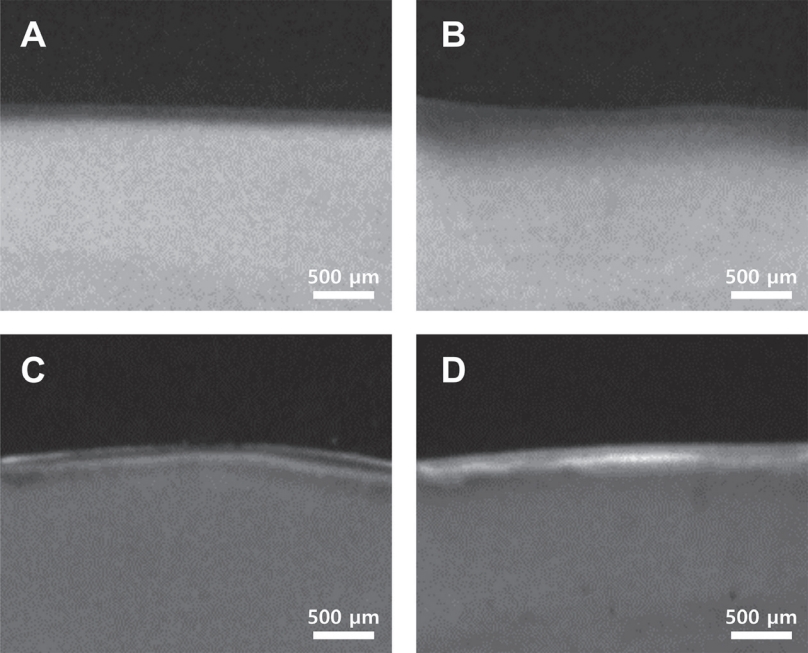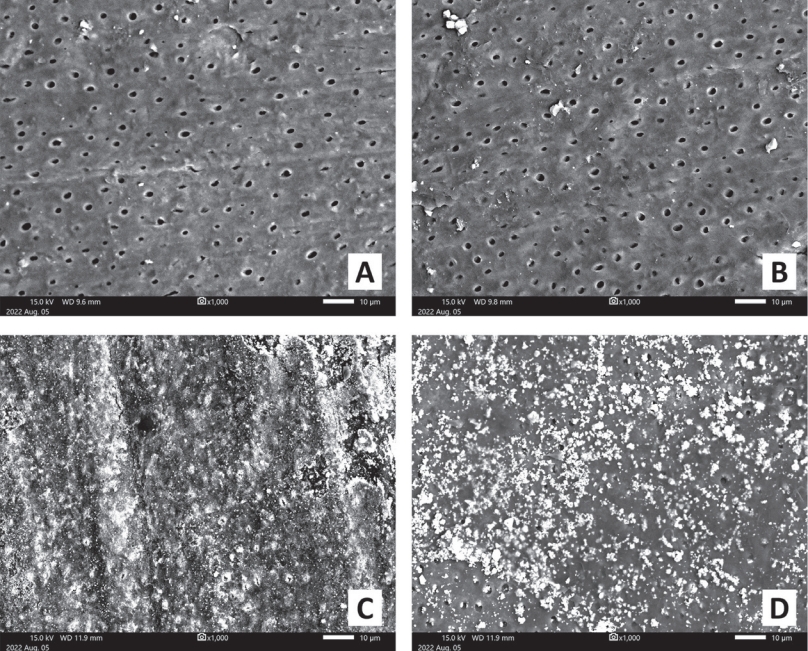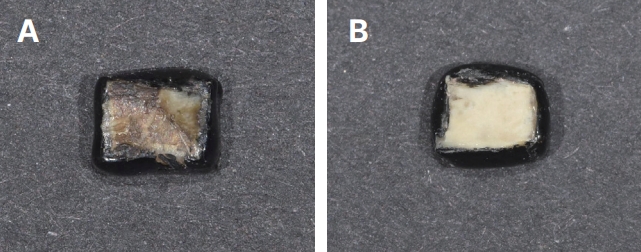1. Shounia TY, Atwan S, Alabduljabbar R : Using Silver Diamine Fluoride to Arrest Dental Caries: A New Approach in the US. J Dent Oral Biol, 2:1105, 2017.
2. Neurath C : Tooth decay trends for 12 year olds in nonfluoridated and fluoridated countries. Fluoride, 38:324-325, 2005.
4. Kale S, Kakodkar P, Shetiya S, Abdulkader R : Prevalence of dental caries among children aged 5-15 years from 9 countries in the Eastern Mediterranean Region: a meta-analysis.
East Mediterr Health J, 26:726-735, 2020.


5. Mei ML, Chu CH, Lo EC, Samaranayake LP : Fluoride and silver concentrations of silver diammine fluoride solutions for dental use.
Int J Paediatr Dent, 23:279-285, 2013.


6. Crystal YO, Marghalani AA, Ureles SD, Wright JT, Sulyanto R, Divaris K, Fontana M, Graham L : Use of silver diamine fluoride for dental caries management in children and adolescents, including those with special health care needs.
Pediatr Dent, 39:135-145, 2017.


7. Shah S, Bhaskar V, Venkatraghavan K, Choudhary P, Ganesh M, Trivedi K : Silver Diamine Fluoride: A Review and Current Applications.
J Adv Dent Res, 5:25-35, 2014.


8. Knight GM, McIntyre JM, Craig GG, Mulyani , Zilm PS, Gully NJ : An in vitro model to measure the effect of a silver fluoride and potassium iodide treatment on the permeability of demineralized dentine to Streptococcus mutans.
Aust Dent J, 50:242-245, 2005.


9. Roberts A, Bradley J, Merkley S, Pachal T, Gopal JV, Sharma D : Does potassium iodide application following silver diamine fluoride reduce staining of tooth? A systematic review.
Aust Dent J, 65:109-117, 2020.



10. Abdullah N, Al Marzooq F, Mohamad S, Abd Rahman N, Rani KGA, Ngo HC, Samaranayake LP : The antibacterial efficacy of silver diamine fluoride (SDF) is not modulated by potassium iodide (KI) supplements: A study on in-situ plaque biofilms using viability real-time PCR with propodium moniazie.
PLoS One, 15:E0241519. 2020.



11. Hamama HH, Yiu CK, Burrow MF : Effect of silver diamine fluoride and potassium iodide on residual bacteria in dentinal tubules.
Aust Dent J, 60:80-87, 2015.


12. Schwendicke F, Eggers K, Meyer-Lueckel H, D├Črfer C, Kovalev A, Gorb S, Paris S : In vitro Induction of residual caries lesions in dentin: comparative mineral loss and nano-hardness analysis.
Caries Res, 49:259-265, 2015.



13. Kho JH, Park HW, Lee JH, Seo HW, Lee SY : Antimicrobial Effect of Photodynamic Therapy Using Plaque Disclosing Agent.
J Korean Acad Pediatr Dent, 47:120-127, 2020.

14. Selvig KA : Ultrastructural changes in human dentine exposed to a weak acid.
Arch Oral Biol, 13:719-734, 1968.


16. Yamaga R, Nishino M, Yoshida S, Yokomizo I : Diammine silver fluoride and its clinical application.
J Osaka Univ Dent Sch, 12:1-20, 1972.

18. Pitts NB, Zero DT, Marsh PD, Ekstrand K, Weintraub JA, Ramos-Gomez F, Tagami J, Twetman S, Tsakos G, Ismail A : Dental caries.
Nat Rev Dis Primers, 3:17030, 2017.



19. Karpiński TM, Szkaradkiewicz AK : Microbiology of dental caries. J Biol Earth Sci, 3:M21-M24, 2013.
20. Xiao J, Huang X, Alkhers N, Alzamil H, Alzoubi S, Wu TT, Castillo DA, Campbell F, Davis J, Herzog K, Billings R, Kopycka-Kedzierawski DT, Hajishengallis E, Koo H : Candida albicans and early childhood caries: a systematic review and meta-analysis.
Caries Res, 52:102-112, 2018.




21. Eidt G, Waltermann EDM, Hilgert JB, Arthur RA : Candida and dental caries in children, adolescents and adults: A systematic review and meta-analysis.
Arch Oral Biol, 119:104876, 2020.


22. Jokstad A : Secondary caries and microleakage.
Dent Mater, 32:11-25, 2016.


24. Contreras V, Toro MJ, El├Łas-Boneta AR, Encarnaci├│n-Burgos A : Effectiveness of silver diamine fluoride in caries prevention and arrest: a systematic literature review.
Gen Dent, 65:22-29, 2017.


25. Karched M, Ali D, Ngo H : In vivo antimicrobial activity of silver diammine fluoride on carious lesions in dentin.
J Oral Sci, 61:19-24, 2019.


26. Mabangkhru S, Duangthip D, Chu CH, Phonghanyudh A, Jirarattanasopha V : A randomized clinical trial to arrest dentin caries in young children using silver diamine fluoride.
J Dent, 99:103375, 2020.


27. Kim HN, Park HW, Lee JH, Lee SY : Surface roughness of dentin and formation of early cariogenic biofilm after silver diamine fluoride and potassium iodide application.
J Korean Acad Pediatr Dent, 49:140-148, 2022.

29. Kamble AN, Chimata VK, Katge FA, Nanavati KK, Shetty SK : Comparative evaluation of effect of potassium iodide and glutathione on tooth discoloration after application of 38% silver diamine fluoride in primary molars: An in vitro study.
Int J Clin Pediatr Dent, 14:752-756, 2021.



31. Nguyen V, Neill C, Felsenfeld J, Primus C : Potassium iodide. The solution to silver diamine fluoride discoloration? Adv Dent Oral Health, 5:555655, 2017.
















 PDF Links
PDF Links PubReader
PubReader ePub Link
ePub Link Full text via DOI
Full text via DOI Download Citation
Download Citation Print
Print



